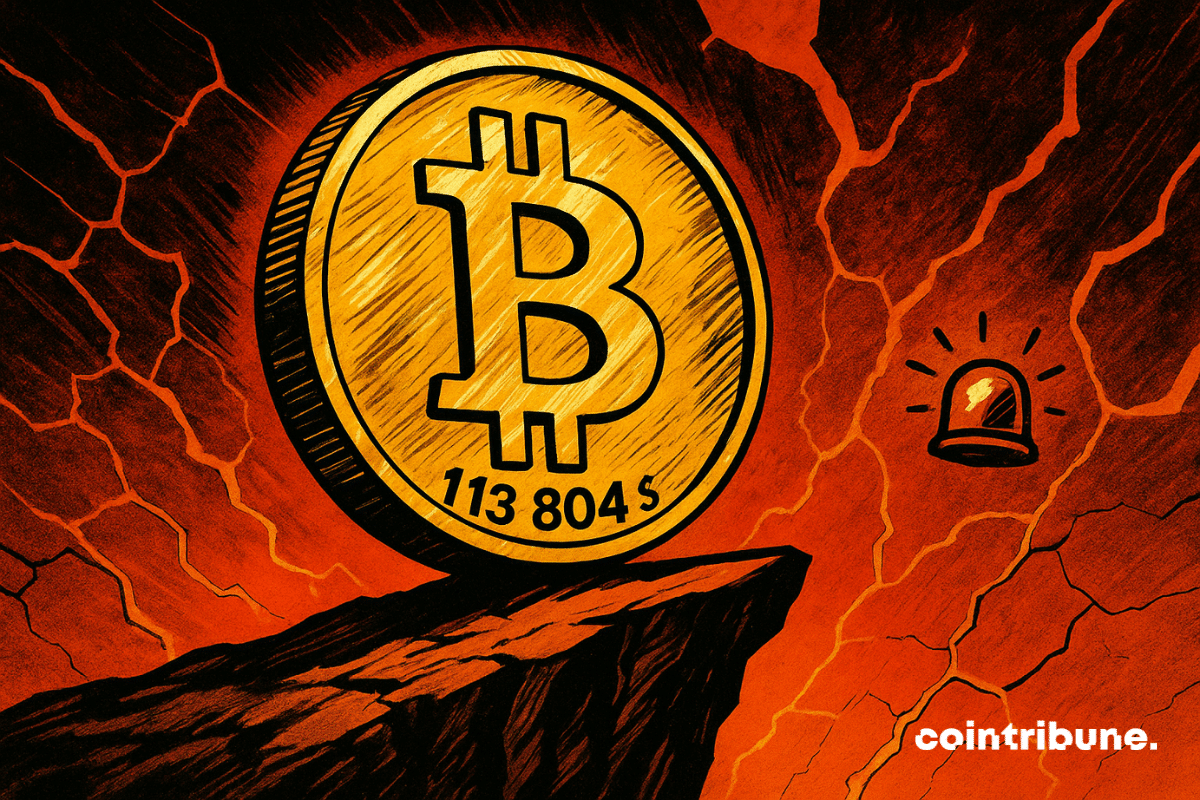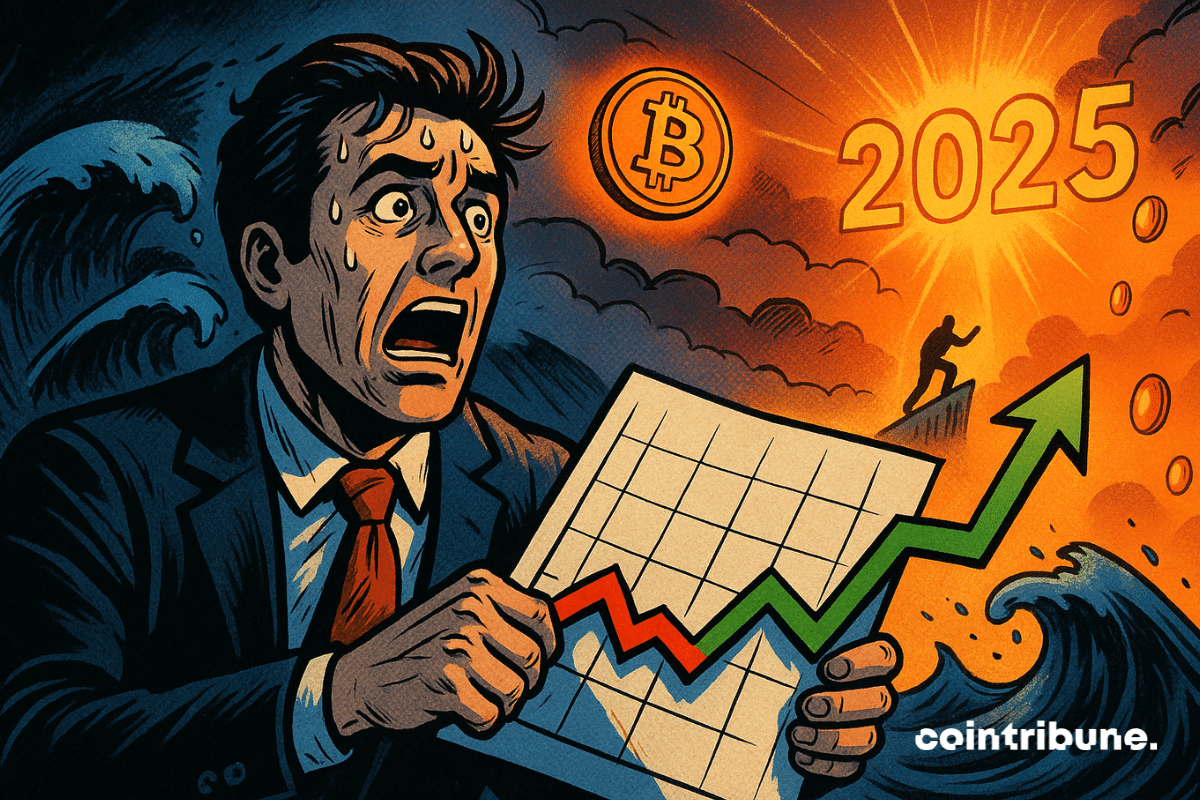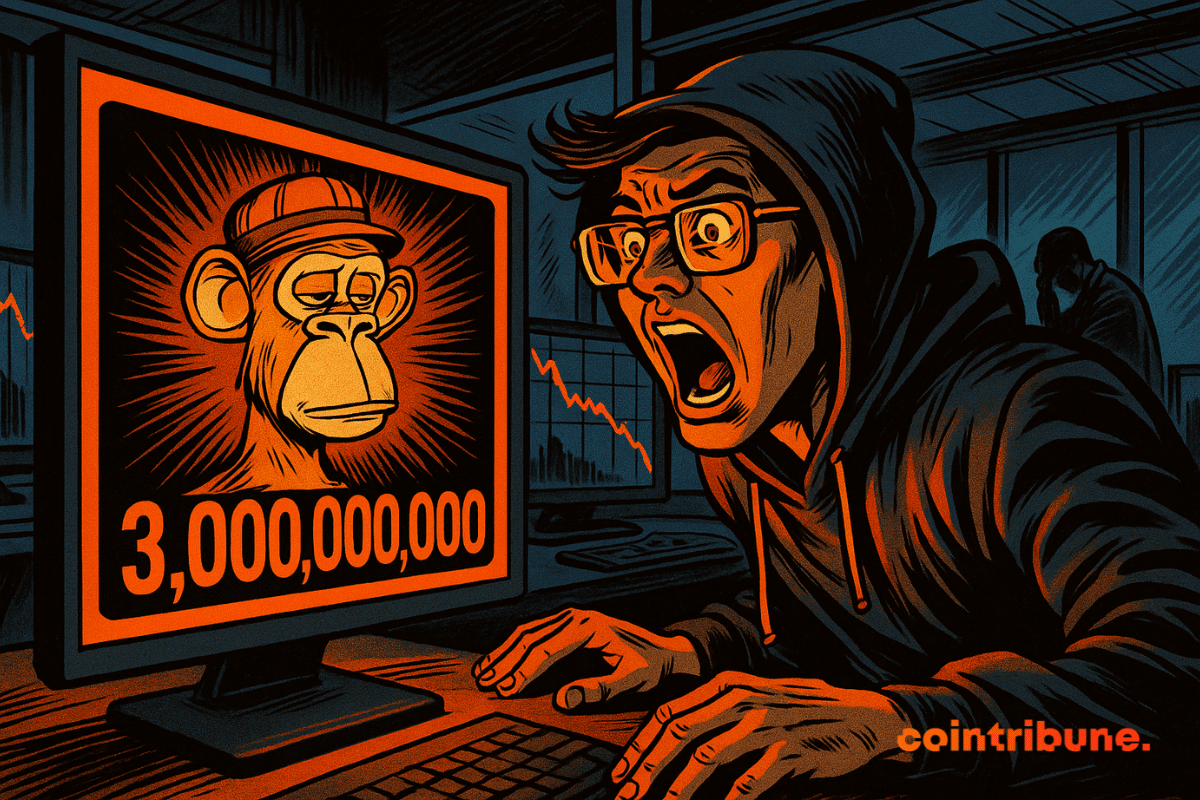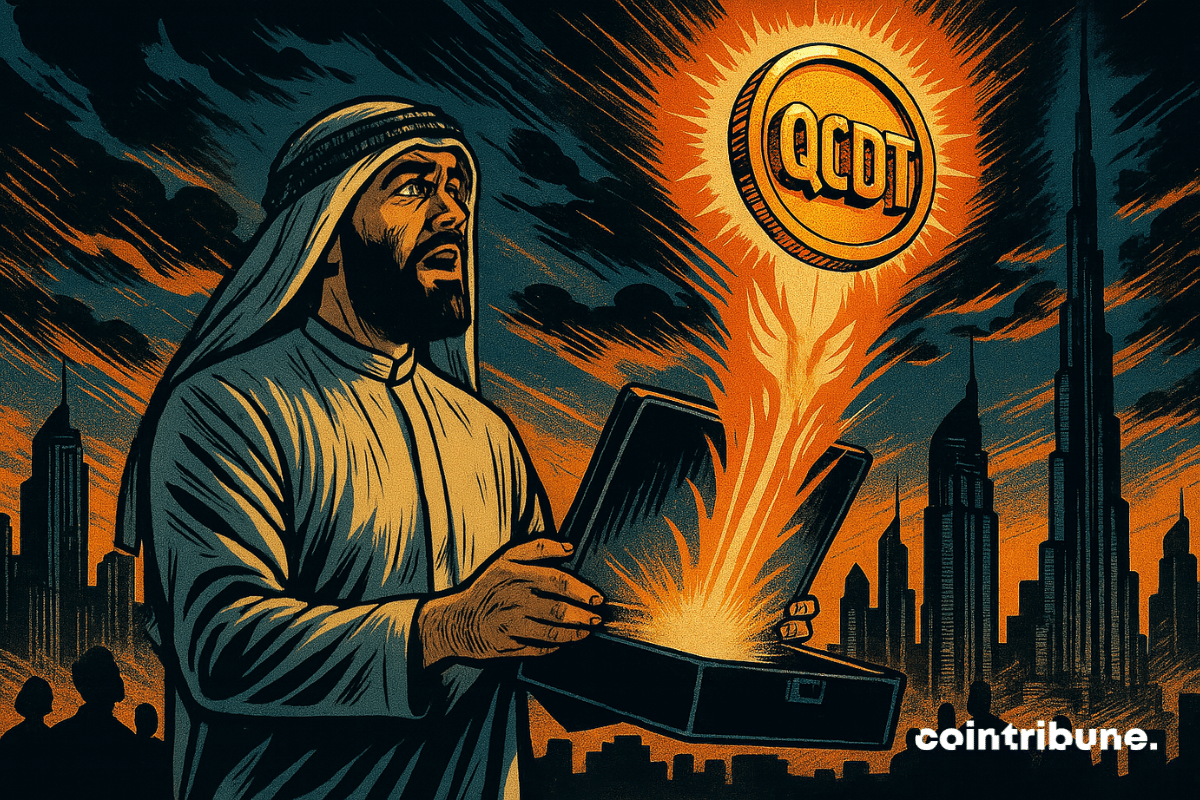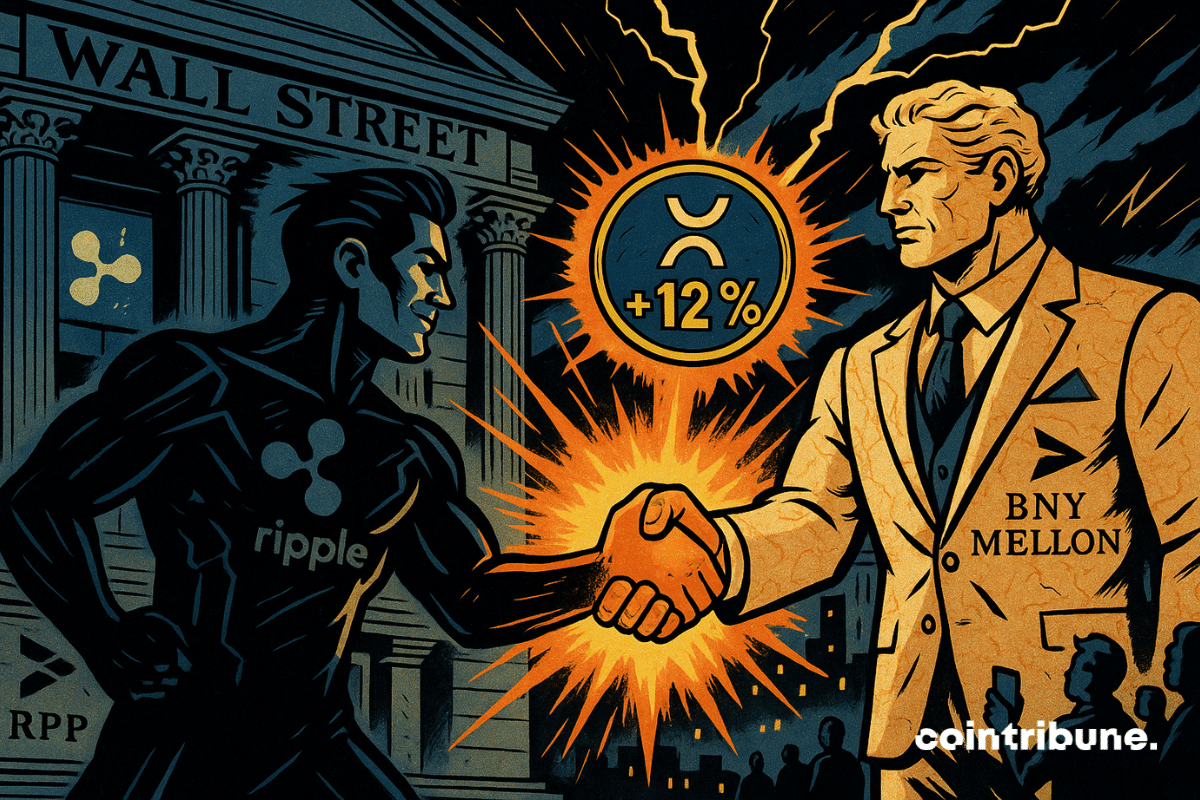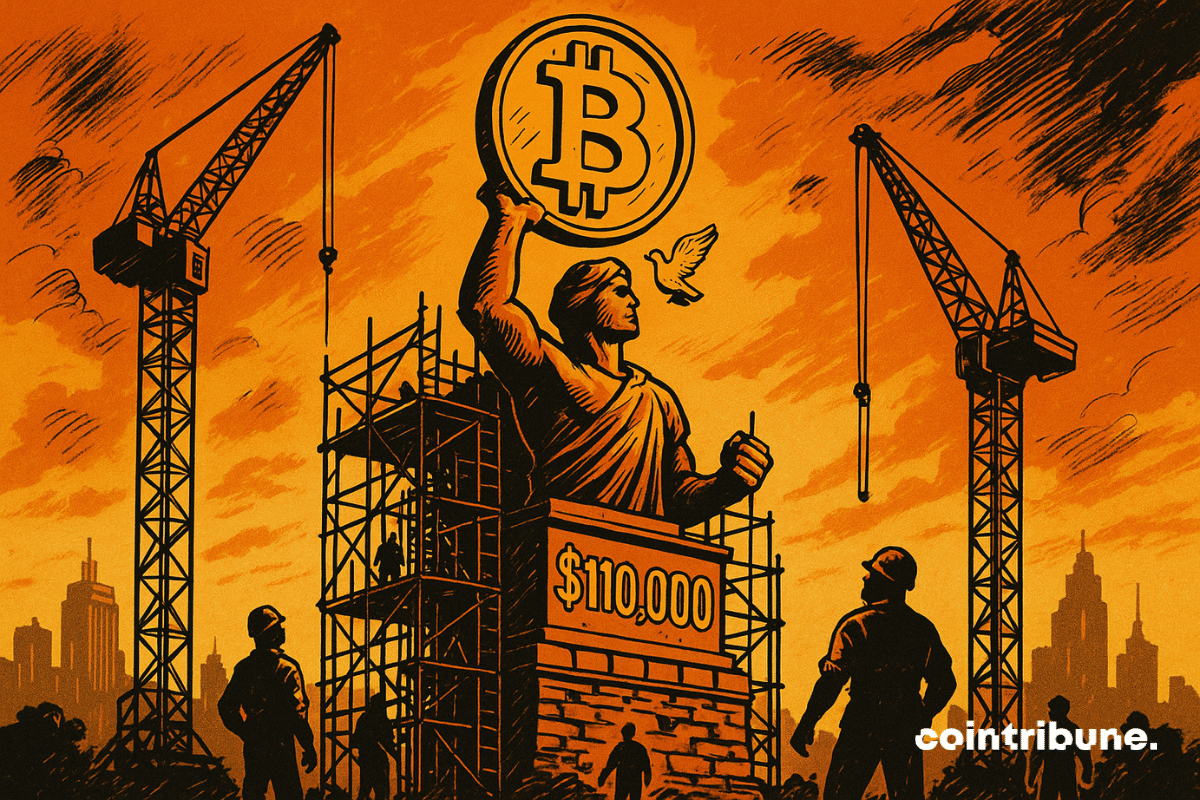And what if the next big battle for AI was not played out on a language model, but rather on the browser that billions of internet users use every day? OpenAI is preparing to launch a web browser powered by artificial intelligence, designed to directly compete with Google Chrome. This still discreet initiative aims to divert usage from Google's historic engine, a cornerstone of its advertising ecosystem. By transforming browsing into a conversational interface, OpenAI could redefine the rules of a market that has been locked down for years by Alphabet.
Coin Stats RSS
Bitcoin has just crossed the $116,000 mark, reaching an unprecedented peak that triggered massive liquidations in the derivatives market. This meteoric rise exposes the extreme vulnerability of short positions, swept away by the strength of the bullish movement. Beyond the technical shock, this historical crossing raises concerns about market balance and the new power of institutional flows.
While Trump dreams of tariffs and inflation recedes, Bitcoin rises... but how far? At $113,804, the oracles are stirring and the short-sellers are biting their nails.
The first half of 2025 saw massive crypto liquidations driven by market shocks and policy shifts, but recovery signs are now surfacing.
The crypto market is entering an important phase, with Shiba Inu, Ethereum, and Dogecoin all showing serious volatility. Traders are closely watching these coins as technical patterns hint at potentially explosive price moves, if the right conditions line up.
American online NFT marketplace OpenSea has taken a major leap toward becoming an “on-chain everything app.” In a Tuesday disclosure, the NFT platform announced the purchase of Rally, a mobile-driven Web3 platform, thus bringing token and NFT trading to the doorstep of mobile phone users.
No one bets on a campfire when the rain is falling. Yet, NFTs continue to crackle, even in the downpour. While trading volumes shrink quarter after quarter, sales are holding firm: $2.82 billion collected in the first half of 2025. Fewer dollars per transaction, but more hands are reaching out. The market is no longer frantic; it breathes differently, calmer, denser. And that might be the best news crypto has had in months.
Jack Ma's financial empire is regaining momentum. Ant International, the international branch of the Chinese giant Ant Group, formerly a subsidiary of Alibaba, is preparing to integrate Circle's USDC into its blockchain. A strategic move that could reshape the landscape of the global digital payment ecosystem.
When Dubai marries traditional finance with tokens, it is not a desert mirage, but a very real… and perfectly regulated fund, please!
Artificial intelligence (AI) is now infiltrating laboratories and scientific publications, raising crucial questions about the integrity of research. A recent study reveals that over 13% of biomedical articles bear traces of ChatGPT and similar tools.
Tokenization is growing fast, with major firms investing and new platforms launching. This trend could soon impact cryptocurrency prices.
SharpLink is making bold moves with Ethereum—growing its holdings, staking all assets, and drawing investor attention as ETH gains momentum.
A star shines brighter than the others in the saturated arena of neobanks: Revolut. In London, ambitions are no longer hidden. With a funding round of one billion dollars in preparation, the company aims for a colossal valuation of 65 billion dollars. And at the heart of this ascent? One word: crypto. Because it's not just a diversification, it's a strategy. A conviction. A compass.
Cardano injects its blocks into your ledgers: a blockchain that verifies the figures while the auditor sleeps, and the accountant prays that nothing is noticed.
Polygon is about to reach a decisive milestone with Heimdall v2, a hard fork that Sandeep Nailwal describes as "the most complex since 2020". On July 10, the PoS network is deeply modernizing its infrastructure while consolidating its governance, now in the hands of its co-founder. This is a strategic operation as the battle intensifies on the front of layer two blockchains.
On July 9th, the queen of crypto shattered its previous record by briefly surpassing 112,000 dollars, sweeping away doubts about a fatigue in the bullish cycle. This symbolic breakthrough, occurring amidst geopolitical pressures and massive movements in the derivatives markets, reignites speculation about entering a new phase of expansion in the crypto market.
According to data from Token Terminal, over $6 billion worth of tokenized assets now live on the Ethereum blockchain. That’s not theoretical DeFi liquidity, but real-world funds, from some powerful names in global finance.
As market attention swings between innovations and institutional strategies, XRP has made a significant move this week with a 12% increase. This surge is not insignificant, as Ripple has just appointed BNY Mellon, a cornerstone of American finance, as the custodian of its stablecoin RLUSD. In an environment where institutional adoption of cryptocurrencies is intensifying, this strategic alliance could redefine XRP's role in the crypto economy and strengthen its position against giants like Ethereum.
Less fear around inflation: Bitcoin rises to $109,000, supported by calmer economic forecasts. More details here!
Bitcoin is just a hair away from its all-time high. The volumes on ETFs, the rebellion of the BRICS, and the audacity of the United States are very promising for the future.
Although Bitcoin is shaking up the markets and gradually establishing itself as a pillar of modern finance, it remains curiously discreet in the columns of major traditional media. In the second quarter of 2025, while crypto reached a new historical peak, its media presence was revealed to be meager. This absence is all the more striking as it does not reflect either the intensity of its adoption or the economic upheavals it brings about. The latest report from the Perception firm presents a clear observation: Bitcoin is unsettling, and some prefer not to talk about it!
The world of tokenized real world assets (Real World Assets - RWA) is undergoing transformation as it gradually aligns with the real economy. In this context, Credefi has experienced continuous evolution, moving from an experimental project to a functional infrastructure. With the launch of Credefi 3.0, the platform reaches a new milestone: it fully integrates modules designed to connect decentralized finance and tangible assets. All tools are now available online.
Robinhood’s rollout of tokenized shares “linked” to OpenAI set off a large debate last week. A broader discussion in crypto markets about the future of tokenized private equity, and whether retail investors actually want it.
The past never dies in the blockchain. More than ten years after the Mt. Gox scandal, a bitcoin address containing the equivalent of 8.7 billion dollars resurfaces... targeted by a phishing attempt as discreet as it is ambitious. At the crossroads of cybercrime and digital memory, this new episode raises a troubling question: are the forgotten treasures of bitcoin doomed to become the eternal prey of modern fraudsters?
Stablecoin reserves on Binance hit a record of $31 billion. An "explosion of pending liquidity" according to analysts, which could reignite the flame of altcoins. Is the much-anticipated alt season finally ready to begin?
While crypto ETFs are hitting record highs, volumes are evaporating. Blackrock and Fidelity are leading the influx, but the market seems to be holding its breath. Boom on the surface, empty underneath?
As Bitcoin gallops ahead, altcoins are sharpening their weapons in the shadows... What if the king soon fell from his throne? Guaranteed suspense in the crypto arena.
While the media spotlight remains on Bitcoin ETFs and the fluctuations of Solana, a quiet yet massive concentration is occurring on Ethereum. Wallets holding more than 10,000 ETH, the famous mega-whales, are increasing their positions at an unmatched pace since 2022. Barely visible, this surge in accumulation hints at the beginnings of a bullish cycle.
Crypto venture capital, once thought to be on the brink of collapse, is making a spectacular comeback. In the second quarter of this year, over $10 billion flowed into the ecosystem, a level not seen since the peak in early 2022. In just three months, investors have rejuvenated a market that was considered frozen, reaffirming their appetite for blockchain innovation.
At the opening of the BRICS summit in Rio, Donald Trump reignited trade tensions, threatening to impose surtaxes on any country aligned with this emerging bloc. Facing a coalition that challenges American hegemony, the confrontation goes beyond tariffs to affect global power dynamics. The BRICS are intensifying their break from…


